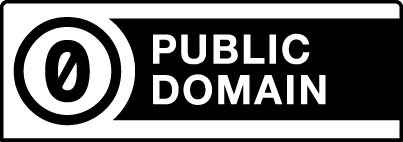James Bruce, 1730–1794, British, Arch of Marcus Aurelius at Tripoli, ca. 1766
- Title:
- Arch of Marcus Aurelius at Tripoli
- Additional Title(s):
- The Arch at Tripoli
- Date:
- ca. 1766
- Materials & Techniques:
- Pen and black ink, gray wash, and graphite on moderately thick, slightly textured,cream laid paper
- Dimensions:
- Sheet: 19 1/4 × 25 3/4 inches (48.9 × 65.4 cm)
- Inscription(s)/Marks/Lettering:
Inscribed in red pencil, upper left: "30"; in graphite, upper center: "No 26"; inscribed on verso in pen and black ink, upper left: "Arch at Tripoli | James Bruce | del."
- Credit Line:
- Yale Center for British Art, Paul Mellon Collection
- Copyright Status:
- Public Domain
- Accession Number:
- B1977.14.8844
- Classification:
- Drawing & Watercolors-Architectural
- Collection:
- Prints and Drawings
- Subject Terms:
- architectural subject
- Access:
- Accessible in the Study Room [Request]
- Link:
- https://collections.britishart.yale.edu/catalog/tms:15380
- Export:
- XML
- IIIF Manifest:
- JSON
James Bruce (1730-1794) was the laird of Kinnaird, in Scotland, and the owner of coal mines that were lucrative enough to fund his travels. In April 1762 Bruce left England to take up the post of consul-general at Algiers with a commission to study and make drawings of the classical ruins of Algiers and Tunis for the collection of George III. He spent some time in Italy honing his artistic skills and building up a collection of books and scientific instruments to take with him before proceeding to Algiers, where he failed in his diplomatic mission to restore the system of safe passes that had protected British ships from attack by Barbary corsairs. He then hired Luigi Balugani, an Italian artist, to assist in making drawings of the Roman ruins at Algiers and Tunis (which Bruce would claim as his own work), and the two set off for Crete, only to be shipwrecked and robbed of much of their equipment. Having visited Baalbek and Palmyra and replaced their scientific instruments, Bruce and Balugani set off on an expedition to discover the source of the Nile, some of the results of which are displayed in the final section of this exhibition. Gallery label for Pearls to pyramids: British visual culture and the Levant, 1600-1820 (Yale Center for British Art, 2008-02-07 - 2008-04-28)
Pearls to Pyramids: British Visual Culture and the Levant, 1600–1830 (Yale Center for British Art, 2008-02-07 - 2008-04-28) [YCBA Objects in the Exhibition] [Exhibition Description]
Pearls to pyramids : British visual culture and the Levant, 1600-1830 [wall labels], Yale Center for British Art, 2008, p. 40, V 2576 (YCBA) [YCBA]
Pearls to pyramids : British visual culture and the Levant, 1600-1830, , Yale Center for British Art, New Haven, 2008, p. 16, V1880 [ORBIS]
If you have information about this object that may be of assistance please contact us.

